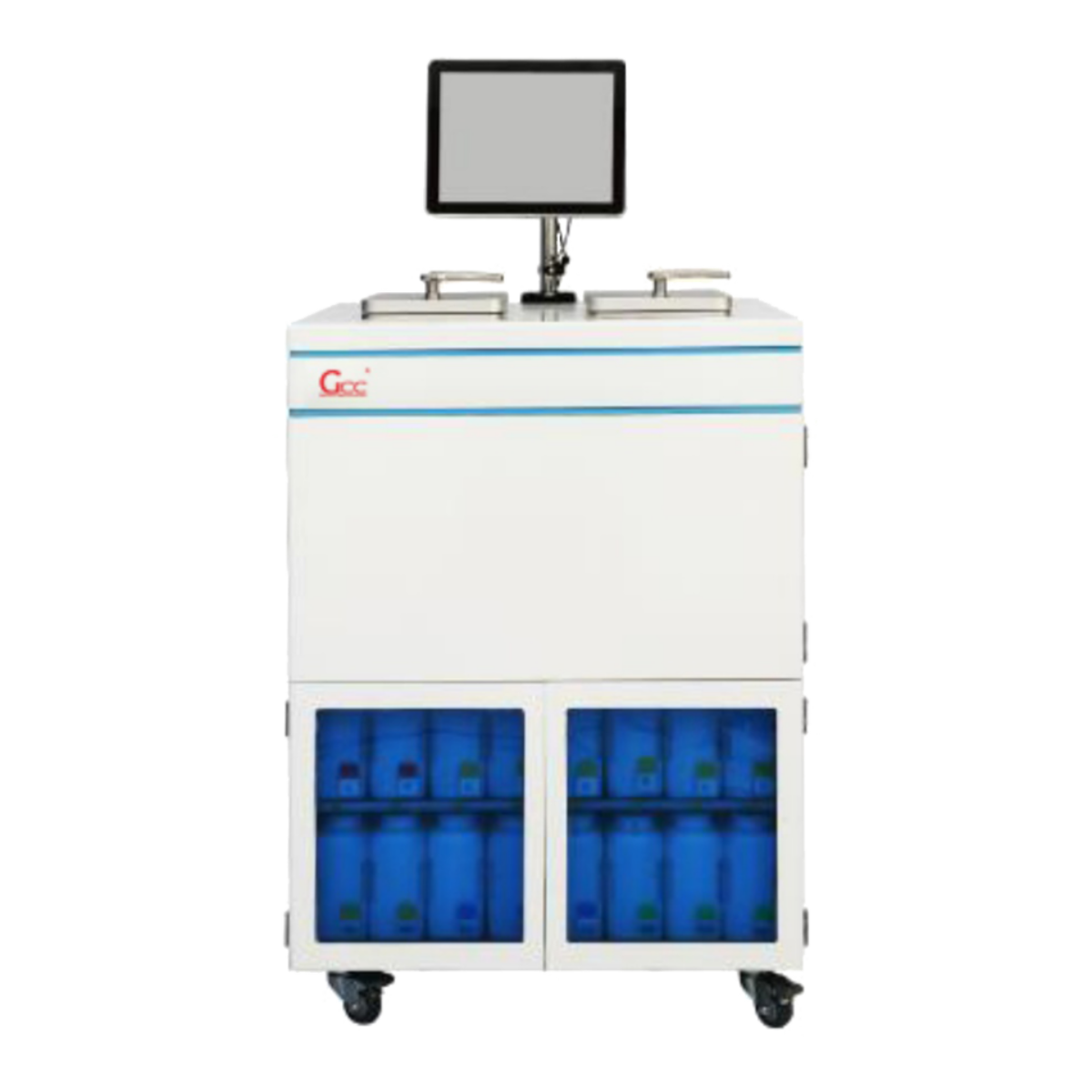I. Introduction
A tissue processor is one of the most essential instruments in histopathology laboratories. It automates tissue sample preparation—dehydration, clearing, and paraffin infiltration—ensuring consistent, high-quality specimens for microscopic examination.
By automating these critical steps, a tissue processor in histopathology helps technicians reduce manual handling, improve safety, and deliver faster diagnostic results.

II. What Is a Tissue Processor in Histopathology?
A tissue processor is a fully automated system that processes multiple biological tissue samples simultaneously. It replaces manual methods that were time-consuming and prone to human error.
Modern processors use programmable cycles, precise temperature control, and reagent automation to ensure reproducibility and consistency across all samples.
Key Functions:
Fixation – preserves tissue structure and prevents degradation.
Dehydration – removes water using graded alcohols.
Clearing – replaces alcohol with a clearing agent (like xylene).
Infiltration – impregnates tissue with molten paraffin wax for embedding.
III. Working Principle of a Tissue Processor
A tissue processor operates on a programmable workflow that automatically moves tissue cassettes through different reagent containers.
Each step runs under precise temperature, timing, and agitation control to guarantee uniform reagent penetration.
By automating the process, the machine eliminates variability caused by manual handling and ensures every specimen is processed under identical conditions.
IV. Benefits of Using a Tissue Processor in Histopathology
Improves Consistency and Accuracy
Automated timing and reagent exchange reduce processing errors and ensure diagnostic reliability.
Saves Time and Labor
Technicians can prepare dozens of samples overnight without supervision, freeing up daytime hours for analysis.
Enhances Safety
Sealed reagent systems minimize exposure to harmful vapors like formalin and xylene.
Optimizes Reagent Usage
Intelligent sensors monitor reagent conditions and automatically prompt replacements, reducing waste and costs.
Supports High Workload Laboratories
Ideal for pathology labs, hospitals, and research centers handling large daily sample volumes.
V. Applications in Histopathology
Hospital Pathology Departments – routine diagnostic tissue processing.
Research Laboratories – experimental and histochemical analysis.
Biotechnology & Pharmaceutical Companies – drug testing and safety studies.
Veterinary Pathology Labs – processing animal tissue samples.
VI. Maintenance and Best Practices
To maintain high performance:
Clean the chamber and tubing daily.
Replace reagents according to workload and saturation levels.
Schedule regular service checks and calibration.
Keep a log of cycles, maintenance, and filter changes for quality control compliance.
Following a consistent maintenance schedule ensures the system remains reliable and extends its operational lifespan.
VII. Conclusion
A tissue processor in histopathology is a cornerstone of modern diagnostic laboratories.
By automating complex tissue preparation steps, it enhances productivity, consistency, and safety — helping pathologists focus on what truly matters: accurate diagnosis and better patient outcomes.
Call-to-Action
Upgrade your histopathology workflow today!
GCC Pathology delivers advanced tissue processors designed for accuracy, speed, and safety.
Contact us now to customize the perfect solution for your laboratory.